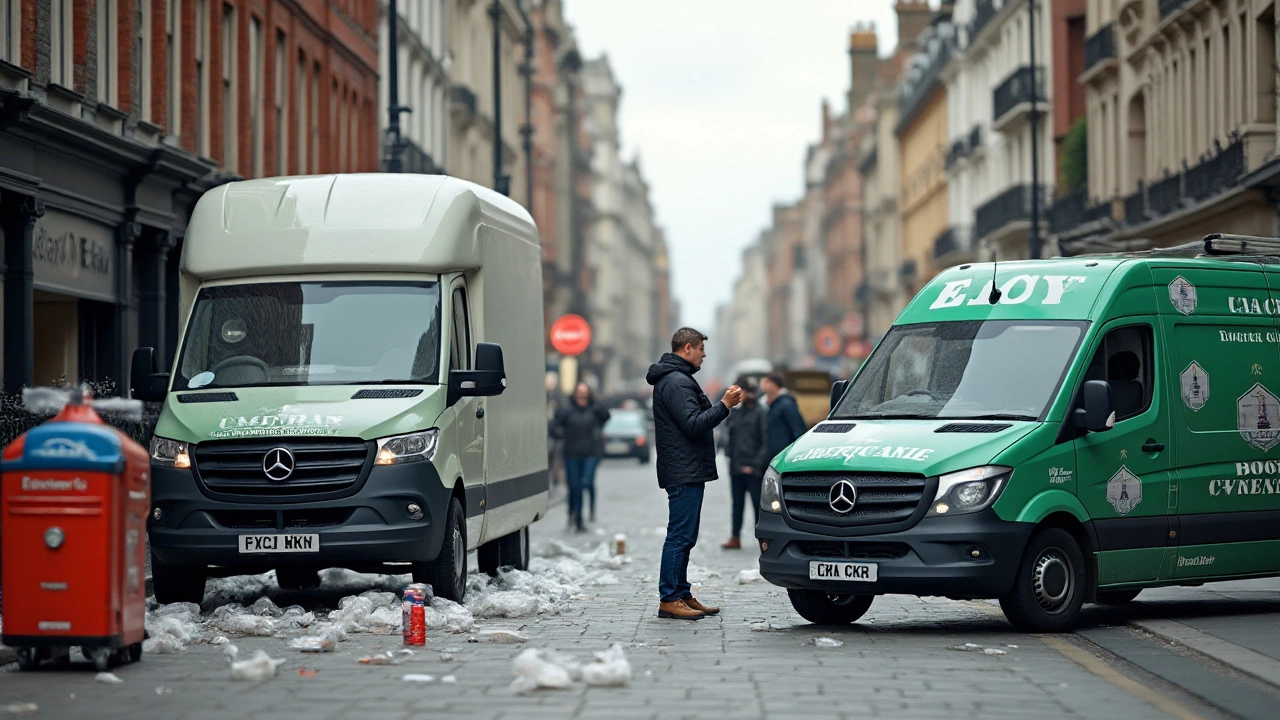Least Eco-Friendly Companies: What to Watch Out For
If you’re trying to make your home or office greener, the first step is to know which companies are dragging the planet down. Not every cleaning brand or service cares about the environment, and some even make it worse. In this guide we’ll point out the biggest offenders, explain why they’re harmful, and give you easy tricks to dodge their products or services.
Common Red Flags in the Cleaning World
When you’re shopping for a cleaner, look beyond the shiny packaging. Companies that hide chemicals in vague terms like “bio‑based” or “green‑boosted” are often masking harmful ingredients. Check the label for phosphates, ammonia, chlorine bleach, or synthetic fragrances – those are the usual suspects. If a brand can’t list the main components on the bottle, it’s a sign they don’t want you to know what you’re spraying around.
Another tell‑tale sign is a lack of certification. Reputable eco‑labels such as EU Ecolabel, Green Seal, or EcoLogo require third‑party testing. Brands that proudly display these logos tend to have stricter ingredient rules. If the company only talks about “our commitment to sustainability” without any proof, treat it with caution.
Examples of Least Eco‑Friendly Practices
Some big names still rely heavily on petroleum‑derived surfactants that never fully break down. These chemicals slip into waterways, harming fish and plants. A few low‑cost carpet cleaning services also use steam machines that waste gallons of water and often add harsh chemicals to speed up the job. The result? More energy use, higher utility bills, and a bigger carbon footprint.
Even in the world of pressure washing, certain businesses use hot‑water systems powered by diesel generators. That setup emits a lot of CO₂ and can damage surfaces if not handled right. If you spot a pressure‑washing crew hauling a noisy, smoke‑belching machine, it’s a safe bet they’re not eco‑friendly.
So how do you protect yourself? Start by asking suppliers for a full ingredient list and request proof of any eco‑claims. Switch to DIY solutions using vinegar, baking soda, and a bit of Dawn dish soap – they’re cheap, effective, and far kinder to the planet. For professional services, choose companies that advertise low‑water, low‑chemical methods and have clear sustainability policies posted on their website.
Remember, every small decision adds up. By skipping the least eco‑friendly companies, you’re not just saving money, you’re pushing the market toward greener alternatives. Keep an eye on labels, demand transparency, and use simple home remedies whenever possible. Your home will stay clean, and the planet will thank you.

Top Polluters in Eco-Friendly Cleaning: Companies to Watch
The cleaning industry has witnessed a green revolution, but not all companies have embraced sustainable practices. Some corporations continue to lag behind, prioritizing profits over environmental wellbeing. This article delves into the least eco-friendly companies within the cleaning sector, examining their environmental impact and practices. Insights and practical tips for choosing truly eco-conscious brands are also shared to help consumers make informed decisions.
Read More